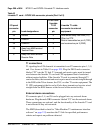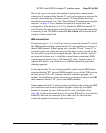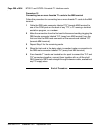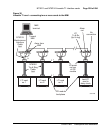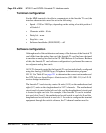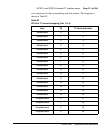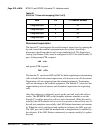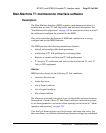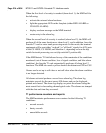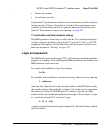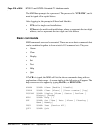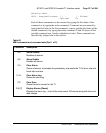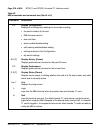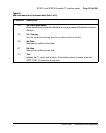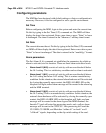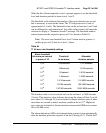
Page 214 of 894 NT5D11 and NT5D14 Lineside T1 Interface cards
553-3001-211 Standard 2.00 September 2004
When the first level of severity is reached (alarm level 1), the MMI will do
the following:
• activate the external alarm hardware
• light the appropriate LED on the faceplate (either RED ALARM or
YELLOW ALARM)
• display an alarm message on the MMI terminal
• create entry in the alarm log
When the second level of severity is reached (alarm level 2), the MMI will
perform all of the same functions as alarm level 1, and in addition, force the
lineside T1 card to enter trunk processing mode. In this mode, the terminal
equipment will be sent either “on-hook” or “off-hook” signals for all 24 ports
to the CS 1000S, CS 1000M, and Meridian 1, depending on how the dip
switch for trunk processing was set (dip switch #2, position #6).
If the MMI detects T1 link failures for any of the remainder of the conditions
monitored (out of frame condition, loss of signal condition, and blue alarm
condition), the lineside T1 card automatically performs all alarm level 2
functions. The MMI also sends a yellow alarm to the distant end CPE or CSU.
Alarms can be set up to self-clear or not self-clear when the alarm condition
is no longer detected.
All alarms activated produce a record in an alarm log. The alarm log
maintains records for the most recent 100 alarms and can be displayed,
printed and cleared. The alarm log displays or prints the alarms listing the
most recent first in descending chronological order. The alarms are stamped
with the date and time they occurred.
T1 performance counters and reports
The MMI maintains performance error counters for the following T1
conditions:
• errored seconds
• bursty seconds
• unavailable seconds



